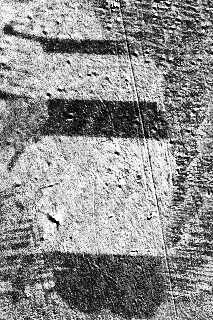
Electric and magnetic interactions are always used in parallel by the theorists of modern physics in their theories, and, as it were, are equated in efficiency. In discussions about fantastic “electromagnetic waves” that replace real-life photons for theorists, the “theoretical electric field” and the “theoretical magnetic field” generally seem to be an echo of each other. But, in reality, the efficiency of the magnetic interaction is many times less than the electrical one. Elementary observations show this. As is known, the nonzero magnetic moment is possessed by those atoms and ions that have uncompensated spins in their electron shells. Here in magnets, the atoms that give a magnetic effect are oriented in parallel, and all are equally directed by the poles of the same name. This arrangement of atoms is called a domain. Domains are formations consisting of a huge number of ordered atoms and sometimes visible to the naked eye. Domains exist in ferromagnetic and antiferromagnetic crystals and other substances. But if you try to create a similar orientation of several unattached permanent magnets, nothing will work, the magnets will repel each other. It is clear that the same repulsion exists between the atoms of the magnetic domain, but it will not be possible to register the force of this repulsion. The assumption that during magnetization the volume of a magnetized piece of iron or other material should, as it were, increase due to an increase in the distance between its repulsive atoms, is not confirmed in an elementary experiment. Maybe someday, in an ultra-precise experiment, someone will detect a change in volume and find the ratio of the forces of magnetic and eclectic interactions, but it is clear that electrical bonds between atoms are many times greater than magnetic bonds.
